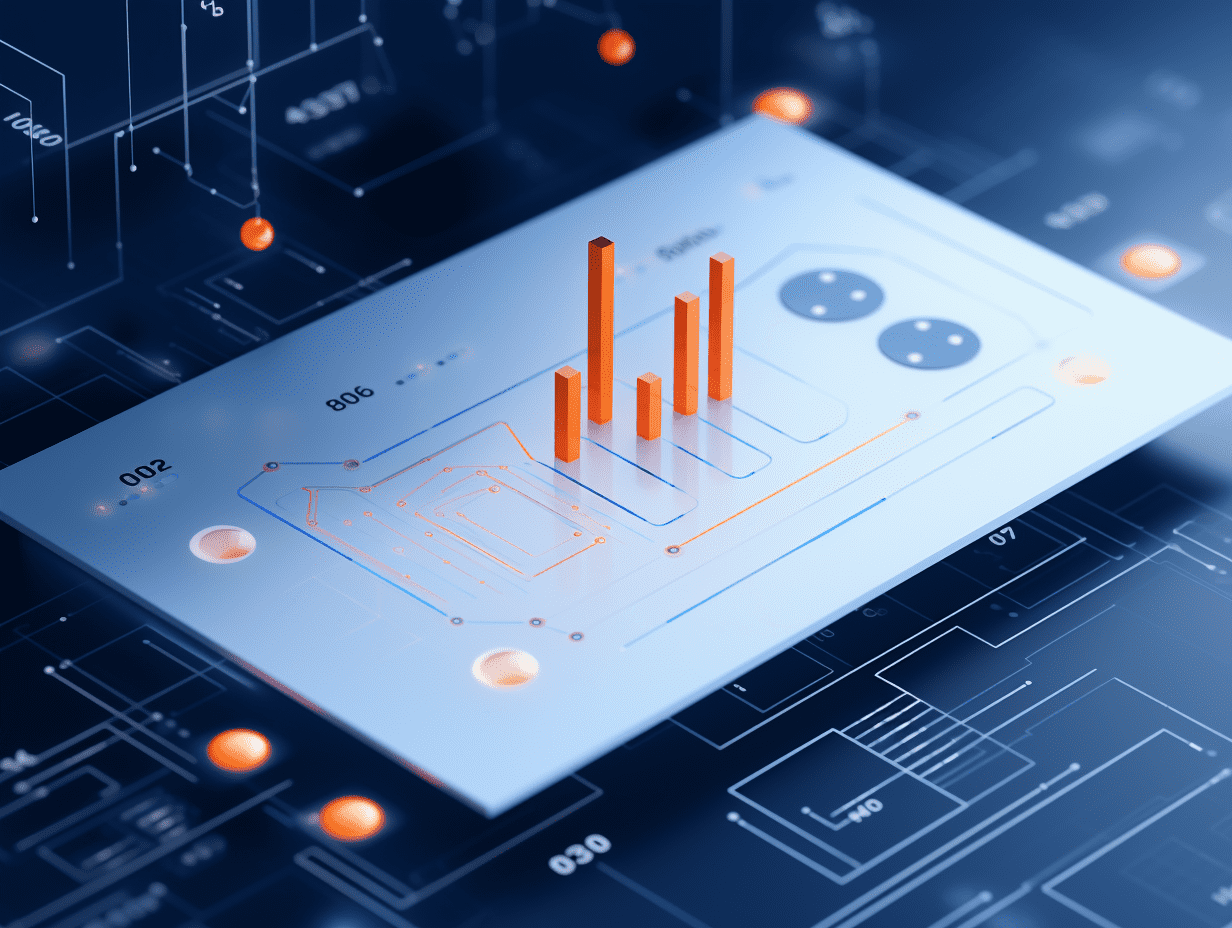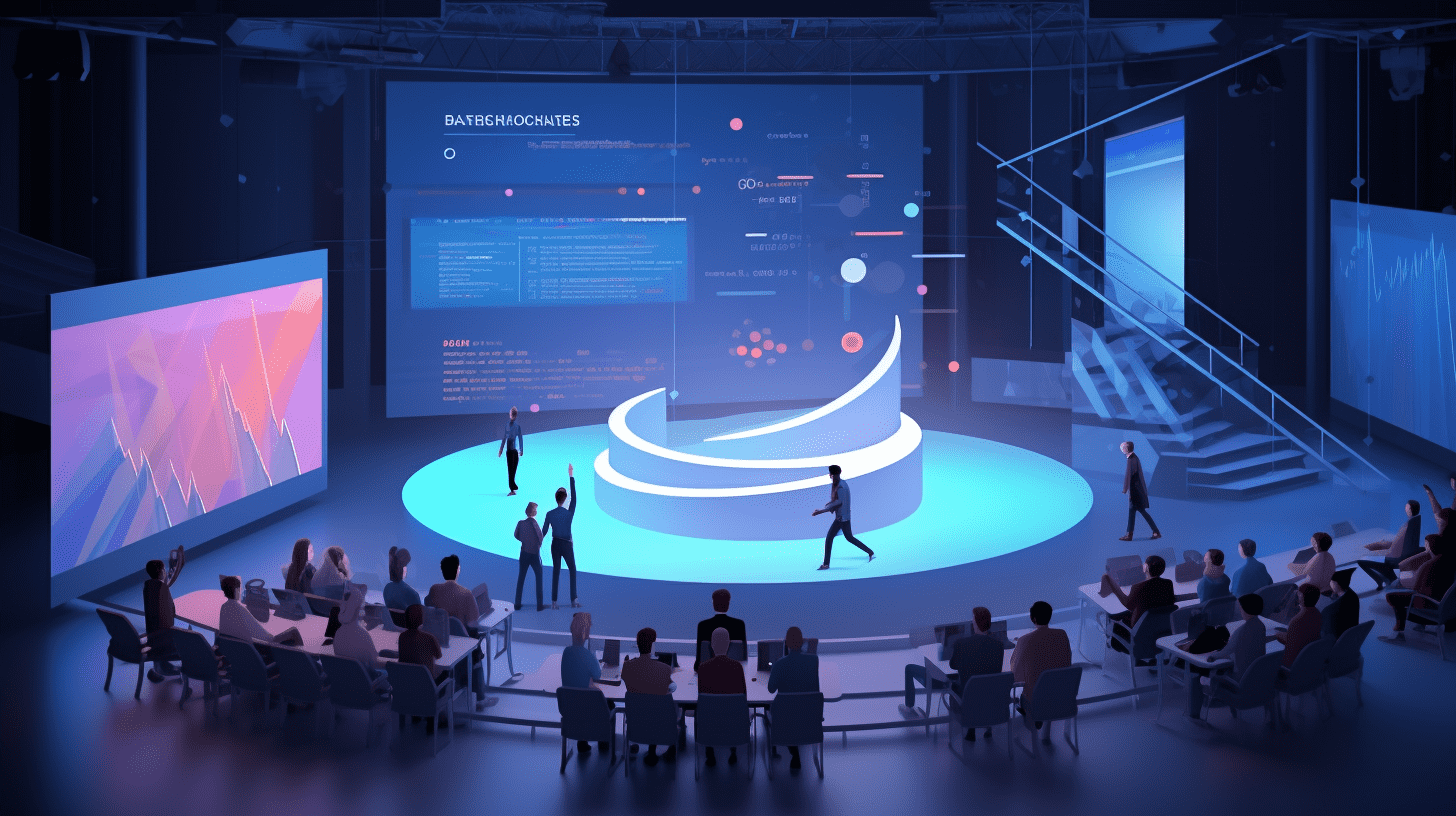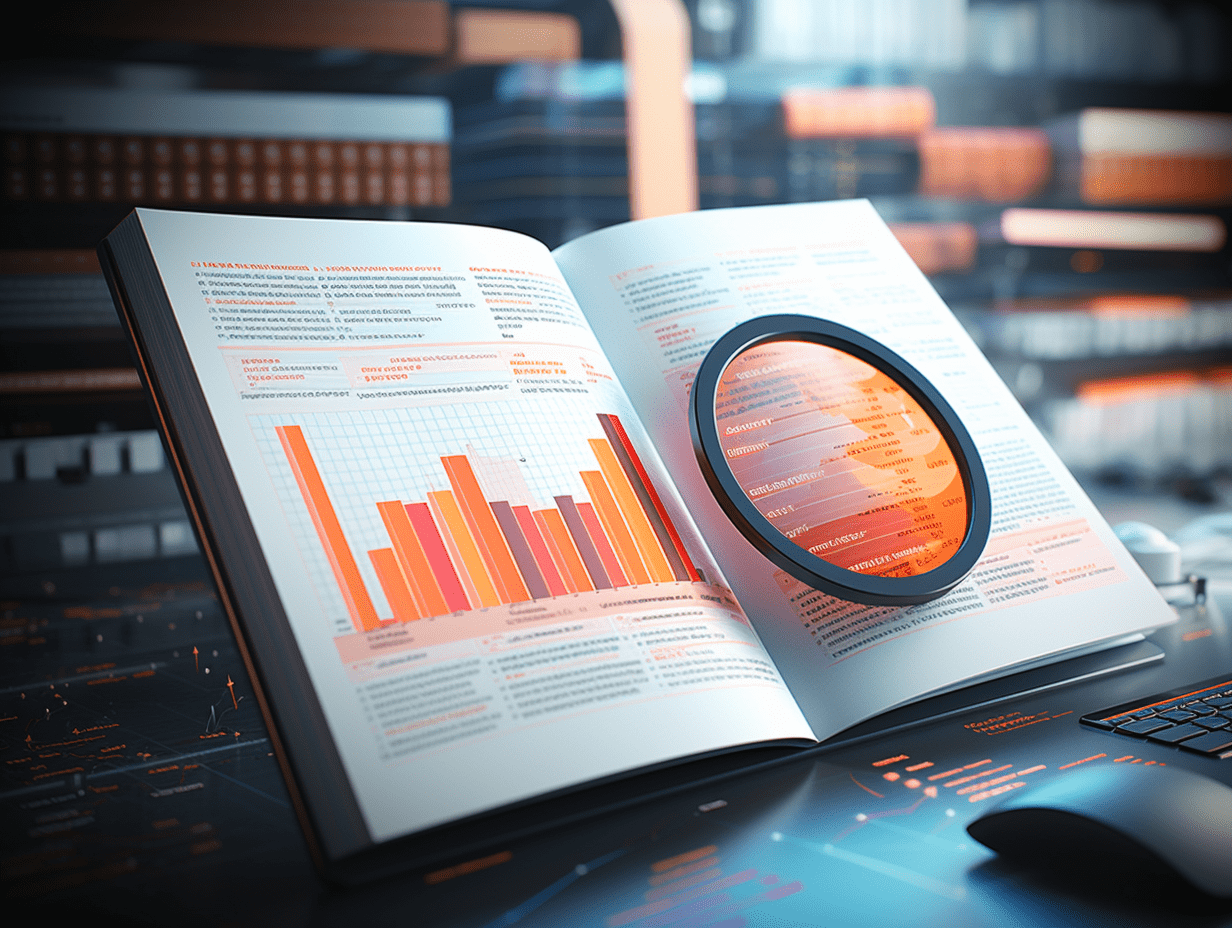US wholesale inflation may rebound in July, consumers facing greater price pressure.
The market expects that the wholesale inflation rate in the United States will show signs of rebound in July, indicating that businesses' ability to absorb high tariff costs is weakening and the pressure of consumer price increases is approaching.
The market is expected to see signs of a rebound in the wholesale inflation rate in the United States in July, indicating that the ability of businesses to absorb high tariff costs is weakening and the pressure of consumer price increases is approaching.
According to economists surveyed by FactSet, the year-on-year Producer Price Index (PPI) in the United States is expected to rise by 2.4% in July, slightly higher than June's 2.3%; the month-on-month growth is expected to be 0.2%, the same as in June. The core PPI, excluding food and energy, is expected to increase by 2.9% year-on-year and 0.2% month-on-month. The US Bureau of Labor Statistics will release the data on Thursday morning local time.
Research by Goldman Sachs economist Elsie Peng shows that as of June, US businesses have absorbed about 64% of tariff costs, but this percentage may decrease to less than 10% in the coming months, with more costs being passed on to consumers. Joe Brusuelas, Chief Economist at RSM US, expects a 0.3% month-on-month increase and a 2.6% year-on-year increase in PPI in July, higher than market expectations, and emphasizes that "producer prices often lead consumer prices", with increasing wholesale costs possibly further driving up the Consumer Price Index (CPI) in the future.
Although the CPI performance in July released on Tuesday was moderate, many Wall Street economists believe that the biggest impact of tariffs on inflation has not yet arrived. With the expansion of the tariff coverage, the effective tariff rate rising from about 3% at the beginning of the year to 18%, and businesses no longer willing to fully absorb the costs, consumers are expected to feel more significant price pressure before the end of the year. Michael Feroli, Chief US Economist at JPMorgan Chase, expects tariffs to reduce US GDP by about 1% and raise inflation by 1 to 1.5 percentage points.
Despite President Trump's criticism of Goldman Sachs for "exaggerating" the impact of tariffs and demanding CEO Solomon to consider replacing relevant economists, many institutions including JPMorgan Chase, UBS, and BNP Paribas expect tariffs to push inflation modestly upward, with core inflation expected to approach 3.5% by the end of the year.
Short-term risks also include the expiration of the "under $800 duty-free import" policy on August 29th, which could directly increase retail prices. Pantheon Macroeconomics predicts that this alone could add an additional 1 percentage point to the core inflation rate.
However, most institutions believe that the magnitude of the inflation increase will be limited (0.3%-0.5% in a single month) and mainly temporary shocks, which will not prevent the Federal Reserve from starting rate cuts later in 2025. However, before that, the upward pressure on prices may restrain consumer spending and weigh on economic growth in the second half of the year.
The August survey of Blue Chip Economic Indicators shows that the US GDP growth rate in the second half of the year is expected to average 0.85%, higher than the July forecast of 0.75%, as some previously pessimistic analysts have adjusted their expectations of the impact of tariffs, believing that economic growth in 2026 will significantly rebound.
Related Articles

Semiconductor tariff storm imminent? Trump claims rates could go up to 300%

U.S. retail data continues to grow, sparking expectations for "golden-haired girl," but the Fed's wait-and-see stance is further strengthened.

Potential candidates for Federal Reserve chair discuss rate cuts: can cut rates by 50 basis points next month, but the rise in the 10-year yield must be stopped.
Semiconductor tariff storm imminent? Trump claims rates could go up to 300%

U.S. retail data continues to grow, sparking expectations for "golden-haired girl," but the Fed's wait-and-see stance is further strengthened.

Potential candidates for Federal Reserve chair discuss rate cuts: can cut rates by 50 basis points next month, but the rise in the 10-year yield must be stopped.

RECOMMEND

Trump Administration Explores Government Equity Investment in Intel; Shares Soar Nearly 9%
15/08/2025

Inflation “Off the Charts”: U.S. July Producer Prices Surge 0.9% Month-on-Month, 3.3% Year-on-Year
15/08/2025

World Humanoid Robot Games Debut with Competitions in Soccer, Combat, Dance, and More
15/08/2025


